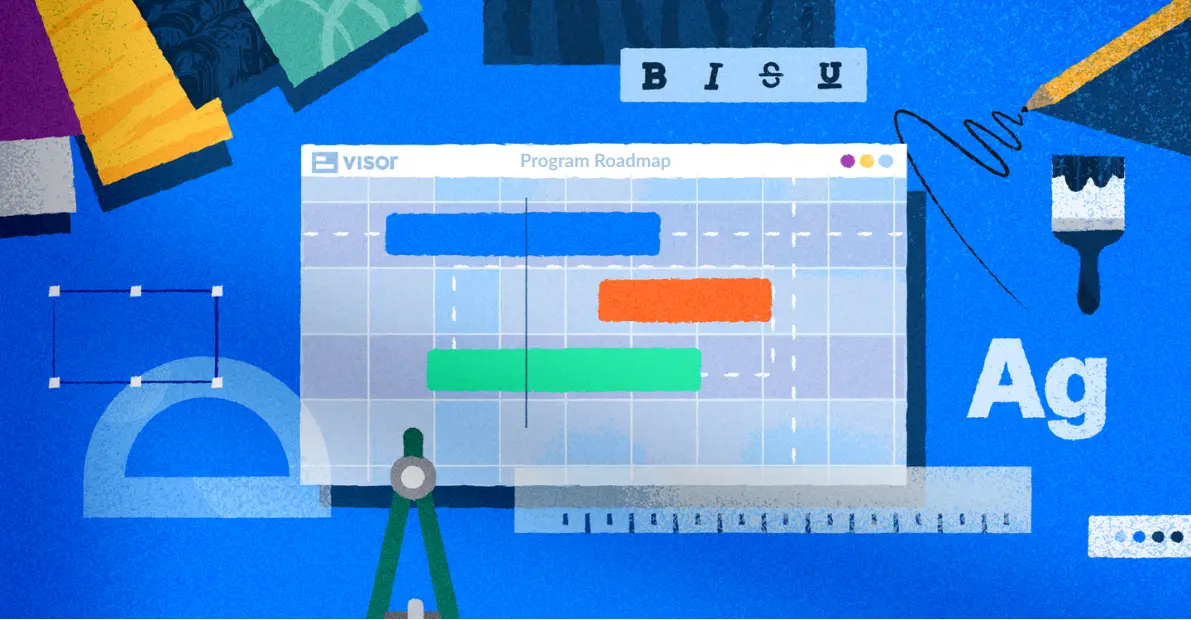
Top Agile Trends in 2025: Dispatches from Agile Conferences
This year, I had the opportunity to attend the Agile Alliance conference in Texas and Atlassian Team ’24 in Las Vegas. We also conducted a interview in early 2025 with agile project management expert, Theresa MacFarlane, about the future of agile.
Both of these conferences and conversations, I’ve developed insights into what agile trends you can expect in 2025 and beyond. So, check out the trends that I predict we’ll see in the months to come.
Quick Atlassian Team ’24 recap for you:
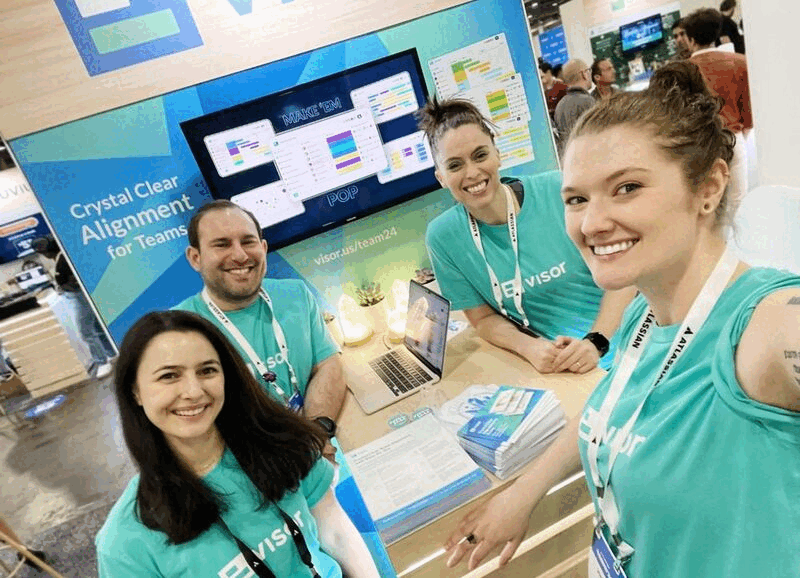
Trend #1: Agile Tools Will Be Less Agile Focused
At the Atlassian Team ’24 conference this year, Atlassian announced that they’ll consolidate the many different types of Jiras (e.g., Jira Work Management, Jira Cloud, etc) into just Jira.
While Atlassian’s Jira didn’t start as an agile tool (but rather a bug-tracking tool in the early 2000s), it quickly became popular among software engineering teams that abide by an agile ethos.
However, Atlassian clearly has its sights on even bigger pastures.
If you read Atlassian’s 2024 earnings reports, they are going after more significant deals. (Think companies paying over $1 million / year for their Atlassian usage.) And that means Atlassian is looking for entire companies (not just agile teams working with software developers) to use their products. Therefore, expect changes in tools like Jira to make it more palatable to business teams. Tools like Monday.com and Asana have bridged this gap already; once-agile-focused tools like Jira will also.
I even started seeing many more LinkedIn ads promoting Jira for marketers.
This context makes sense for Jira’s announcement in 2024: they are retiring Issues.
Following our announcement at Team ’24 combining Jira Software with Jira Work Management, we’ve been working relentlessly to make Jira the place of work for all teams. One of the many initiatives we’re pursuing to make this happen is refreshing how teams’ work is represented in Jira. That means replacing Issue with a new term that represents the work of all team types, including but not limited to marketing, sales, HR, operations, finance and legal teams, and not just software teams that Jira originally set out to do two decades back. – Atlassian Community announcement
What this means for agile teams:
You can expect agile collaboration and PM tools, once explicitly designed with technical, agile teams in mind, to feel more broad.
You can certainly still use agile project planning best practices in these tools. However, because the companies making agile tools (like Atlassian) are often publicly traded companies, they must continue to grow. Therefore, their sights must transcend purely the agile teams they once primarily catered to.
LinkedIn ad promoting Jira for non-agile teams:
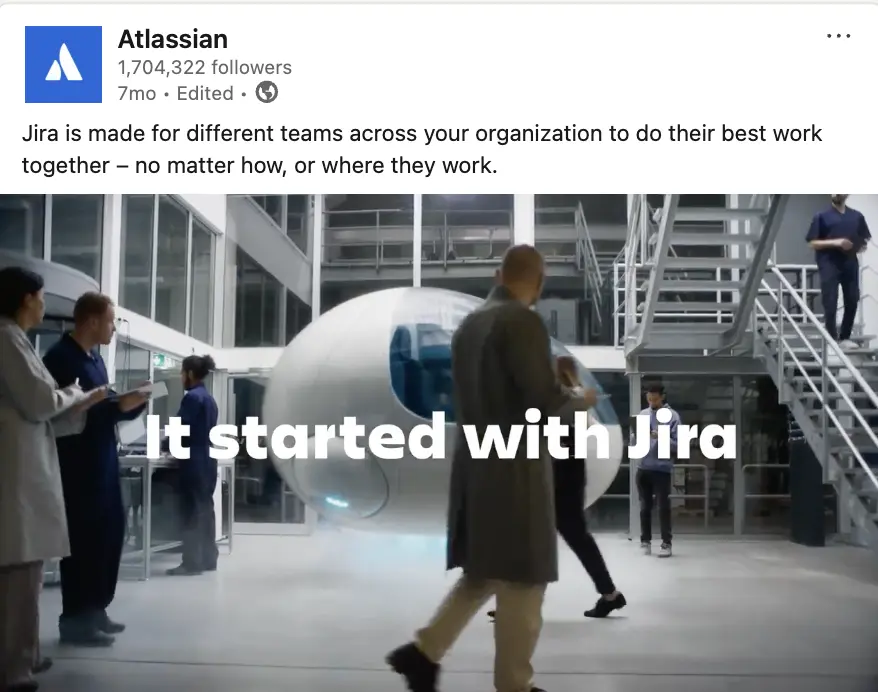
Trend #2: Agile Teams Will Need to Grow This AI Skillset
It wouldn’t be a trend piece if we didn’t talk about AI, right?
It’s no surprise that AI project management tools are on the rise. Like all other teams, agile teams must answer a favorite question among executives everywhere: “How are you planning on using AI to improve efficiency?”
It’s inevitable that AI and automation will change project management.
Most of the major project management tools, like Jira, have AI features. For agile PMs to fully use them, they must learn how to manage AI just like they do humans: explore how to get the best results out of them; that’s where prompt engineering comes in.
We recently sat down with the owner of Rebel’s Guide to Project Management, Elizabeth Harrin, to discuss AI in project management. Her perspective is that AI will change some aspects of project management and agile, but not all.
So, as we work in 2025, we must explore how can agilists use AI for things like busting scope creep, gaining alignment, optimizing agile workflows, and even building a better agile standup meeting agenda.
In addition, advancements in AI, like MCP servers, will forever change the tools that we work in.
Trend #3: Mastering Analysis & Project Oversight
It’s no secret that companies want to push efficiency, deliver more with fewer resources, and demonstrate business value.
While executives often see AI as an antidote to the age-old request of “do more with less.”
QA teams know that expert human intervention is always necessary to deliver a high-quality product. Furthermore, human intervention is also required when demonstrating to stakeholders, other teams, and the C-suite that projects are running smoothly and delivering measurable results.
Agile teams that can’t communicate effectively — whether using (gasp!) waterfall methods like agile Gantt charts to visualize handoffs and dependencies or dashboards to show results to executives — will suffer. Team members must be efficient when collaborating and clearly show how their work is helping customers and/or the company.
Visor Webinar on Jira Project Oversight:
Even if your team prefers agile Kanban boards with swimlanes, you’ll likely have to visualize your work in other ways for other teams.
Trend #4: Cost Savings
The economy pervades every corner of business; agile teams are not immune. You needn’t look further than the Agile subreddit to see rumblings of companies no longer employing as many Scrum Masters in an effort to save the almighty dollar.
Similarly, companies often look for ways to have fewer software licenses or consolidate software. Whatever the method, expect leadership to ask agile teams to look for cost-cutting in 2025.
Whether you want to work with tools like Visor (which offers a two-way sync with Jira, allowing teams to visualize project data for external collaboration) or look into ways you can have team members wear a couple of hats, you’ll likely need to show how you’re spending less this year as a team.
Jira Backlog Refinement, visualized in Visor:
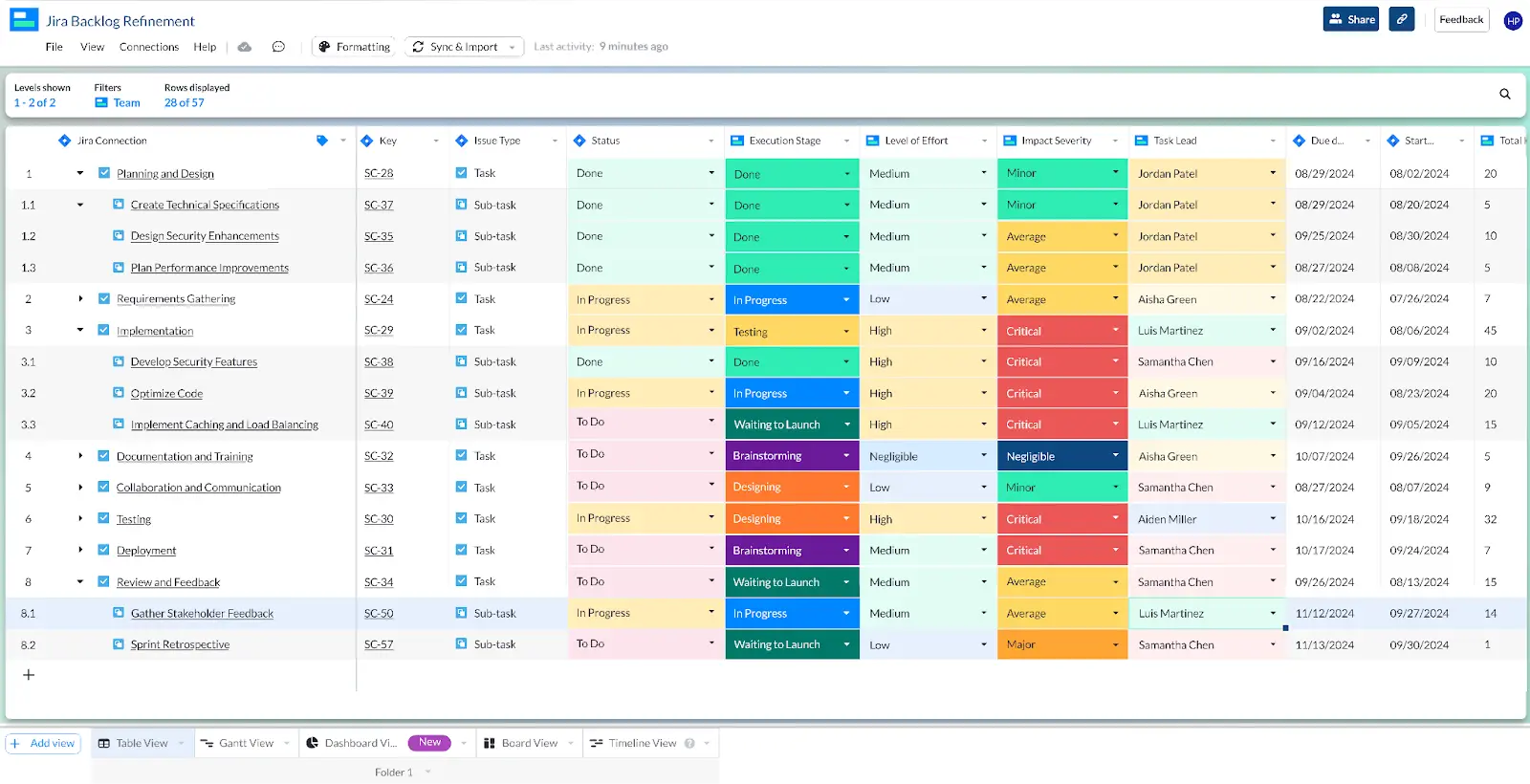
In addition, the importance of skills like agile estimation techniques will be paramount. Now is not the time to overpromise and underdeliver.
Your Visor workbook, built faster than ever with AI Smart Templates! Instantly generate Gantts, dashboards, and more. Try it for free today!
Trend #5: More Diversity in the Agile Community
Having worked in tech startup spaces for 15+ years, I have grown accustomed to being the rare female specimen in a land of men speaking scrum. However, the Agile community (or, at least, Agile Alliance) has made a concerted effort to create an inclusive environment.
One of the most delightful parts of attending AgileAlliance ’24 in Grapevine, Texas was seeing that I was among many women. Many of the speakers were women. In addition, Agile Alliance also has an Agile in Color community, with an intended aim to “provide targeted career and professional development opportunities for global POC members of the Agile Alliance community.”
It was refreshing to see an environment where the agile community looked more like the global community at large.
Final Thoughts: Change is the only constant
People love to ask whether the demise of agile is real. However, agile is not going away. However, 2025 will be the year that we see a return to basics. Are we driving value? If so, can we demonstrate we are?
And the economy will have most teams needing to do more with less. Working efficiently is the name of the game.
While the latest AI tools offer ample opportunities to be more flexible, we still must work with non-agile teams and stakeholders in a way that makes sense for them. And bonus points if you can save a buck while doing so.
Visor is one such cost-saving tool, specifically for Jira portfolio management.
Visor is a popular roadmap and Gantt chart solution for teams that need to share Jira data externally with other teams. In addition, we have tons of great templates to help you get started, such as our IT project plan templates.
Example of Visor’s Agile Project Plan Template with Jira Data:
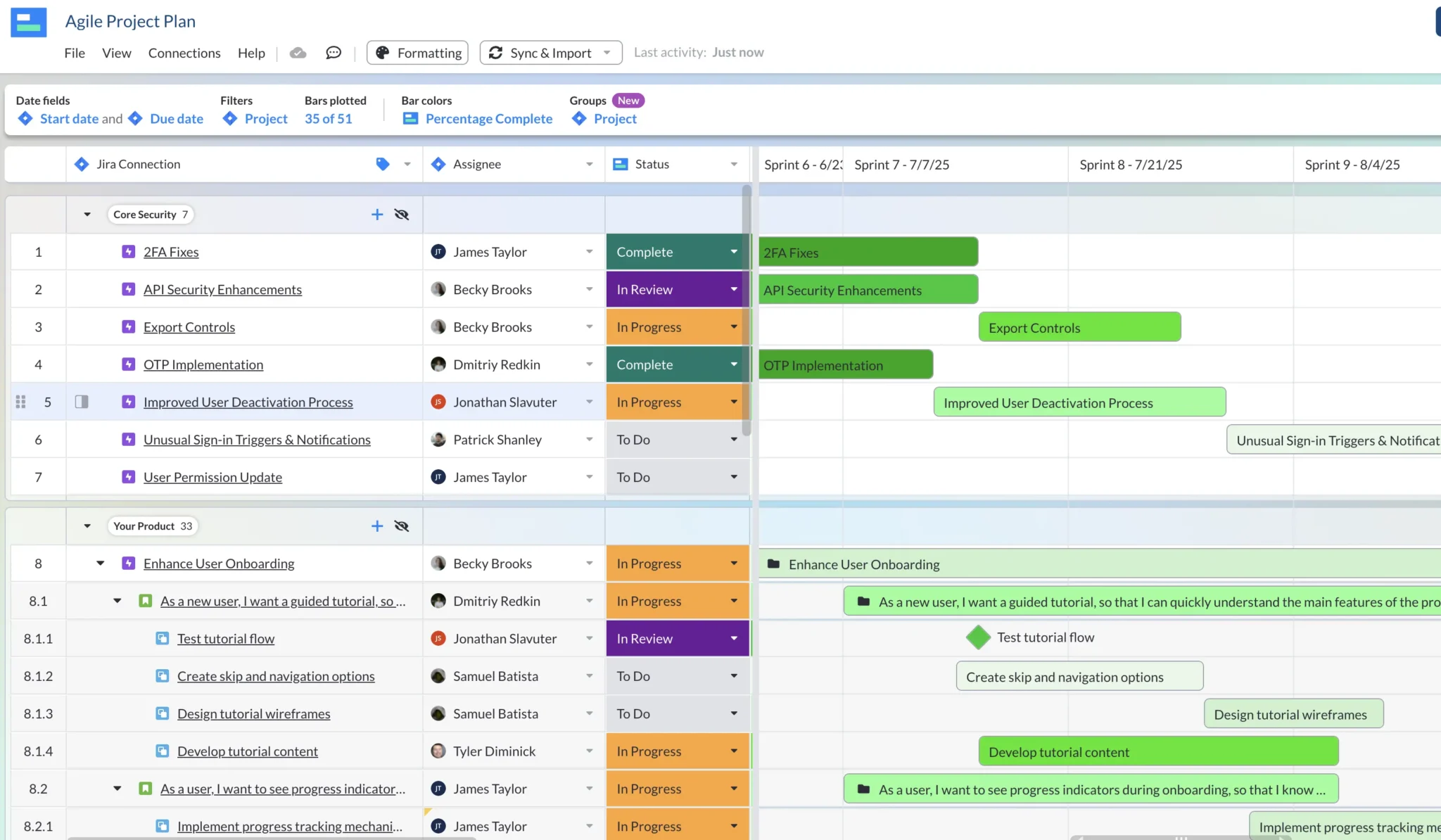
Get started with Visor today or explore how Visor can save you money on your Jira bill.





